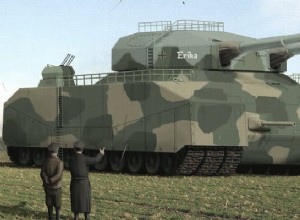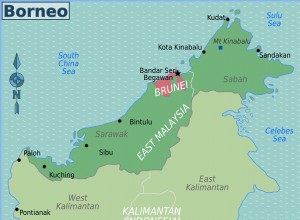Open Range , in US history, the public domain areas north of Texas where between 1866 and 1890 more than 5,000. 000 people lived cattle were being driven to the mast and shipped to slaughter. The open areas to the west of Kansas , Nebraska , the Dakotas, Montana , Wyoming an




